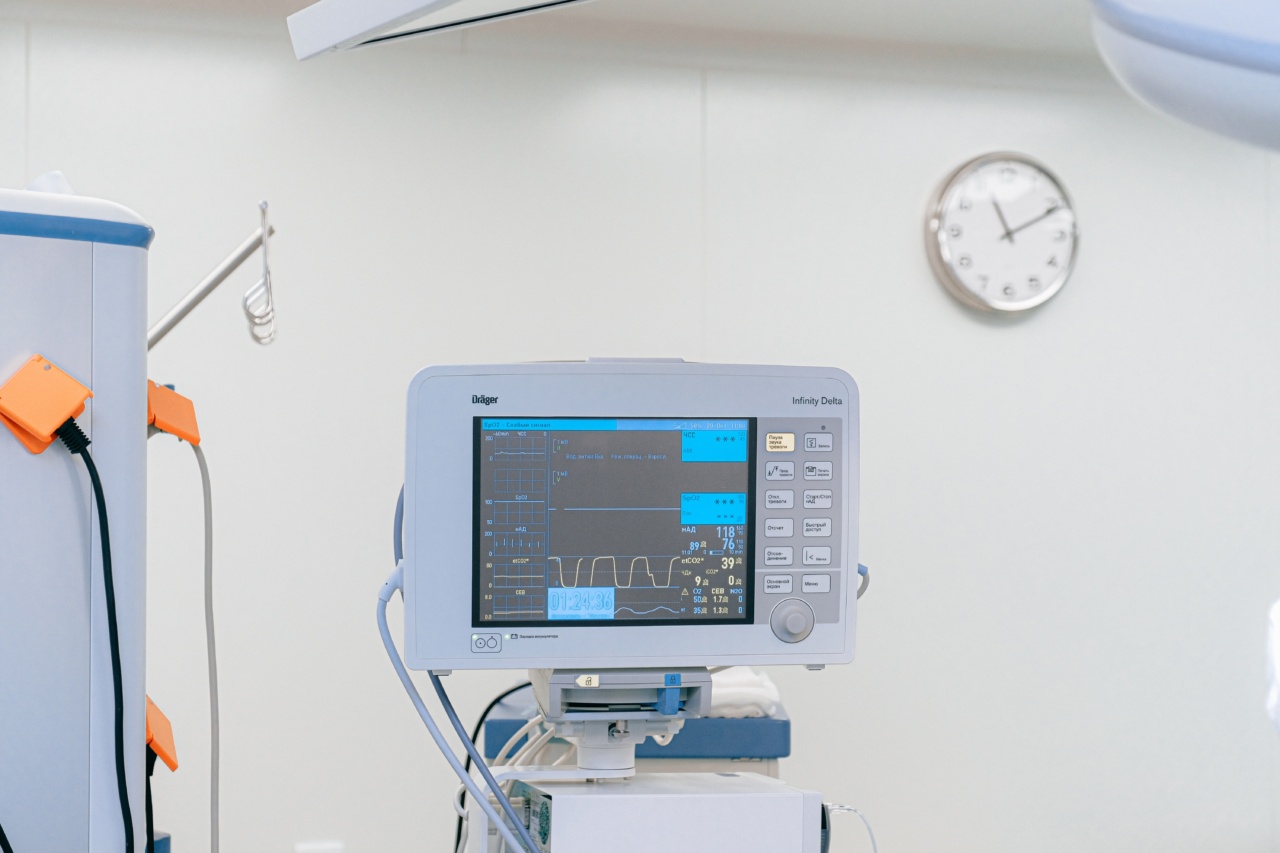Hernias are a common medical condition characterized by the protrusion of an organ or tissue through a weak spot in the surrounding muscle or connective tissue.
While hernias can occur in various parts of the body, the most common types include inguinal hernias (occurring in the groin), femoral hernias (occurring in the upper thigh), umbilical hernias (occurring around the belly button), and hiatal hernias (occurring within the diaphragm).
Understanding Hernias
In most cases, hernias are not life-threatening and can often be managed with non-surgical treatments. However, certain circumstances can lead to emergency situations where surgical intervention becomes essential.
Emergency hernia operations are typically performed when complications arise, such as strangulation or obstruction of the herniated tissue. Strangulation occurs when the blood supply to the herniated organ is cut off, while obstruction refers to the blockage in the normal flow of substances through the affected area.
Factors Affecting Vulnerability
While anyone can develop a hernia, some individuals may be more vulnerable to experiencing hernias and associated complications that require emergency operations. Several factors contribute to this vulnerability:.
1. Age
Older adults are more prone to hernias, particularly inguinal hernias. Aging weakens the muscles and connective tissue, making hernias more likely to occur.
Additionally, older adults often have other medical conditions that may increase the risk of complications requiring emergency surgery.
2. Gender
Men are significantly more susceptible to developing inguinal hernias compared to women. This increased vulnerability is mainly due to the presence of a natural weakness in the inguinal canal, present in males from birth.
The inguinal canal is a passage in the lower abdominal wall that allows the testicles to descend into the scrotum during development.
3. Pregnancy
Pregnant women are at a higher risk of developing umbilical hernias due to the increased pressure on the abdomen during pregnancy.
Hormonal changes and the stretching of abdominal muscles to accommodate the growing fetus contribute to the development of hernias.
4. Obesity
Obesity puts strain on the abdominal muscles, making them weak and susceptible to hernias. Excess weight also increases the pressure within the abdominal cavity, further contributing to the development of hernias.
Obese individuals may have larger hernias that are more likely to lead to emergency situations.
5. Heavy lifting
Engaging in activities that require heavy lifting or straining may increase the risk of developing hernias. These activities can put excessive pressure on the muscles and weaken the surrounding tissues, making them more prone to herniation.
People who frequently engage in heavy lifting at work or as part of their daily routine are particularly vulnerable.
6. Chronic coughing
Chronic coughing, such as that caused by smoking, respiratory conditions, or allergies, can increase the risk of hernias.
Persistent coughing places continuous stress on the abdominal muscles, weakening them over time and potentially leading to herniation.
7. Previous hernia surgeries
Individuals who have previously undergone hernia repair surgeries are at a higher risk of developing recurrent hernias.
Recurrence can occur due to the failure of the initial surgery or the presence of underlying conditions that predispose them to hernia development.
8. Genetics
Hernias can also have a hereditary component. If a family member has a history of hernias, there may be a higher likelihood of developing one.
Genetic factors can influence the strength of connective tissues, making certain individuals more prone to herniations.
Managing Hernias to Prevent Emergencies
While certain factors increase vulnerability to hernias, prompt intervention and proactive management can help prevent complications that may require emergency surgeries.
If you suspect you have a hernia, it is crucial to seek medical attention promptly. A healthcare professional can perform a thorough examination, including physical tests and imaging studies, to diagnose the hernia and assess its severity.
In many cases, non-surgical treatment options, such as lifestyle modifications and the use of trusses or support garments, can provide relief and prevent the progression of the hernia.
However, follow-up visits and regular monitoring are essential to ensure the hernia does not worsen or lead to an emergency situation.
If emergency surgery is required, immediate medical intervention helps prevent potentially life-threatening complications associated with hernias, such as bowel obstruction or tissue necrosis.
Conclusion
Hernias can affect individuals of all ages and genders, but certain factors increase vulnerability to complications requiring emergency surgical intervention.
Age, gender, pregnancy, obesity, heavy lifting, chronic coughing, previous hernia surgeries, and genetics all play a role in determining susceptibility to hernia-related emergencies.
Early diagnosis, regular medical follow-ups, and timely interventions are crucial in managing hernias and preventing emergency situations.
If you suspect you have a hernia or are at an increased risk, consult with a healthcare professional to discuss appropriate preventive measures and treatment options.






























